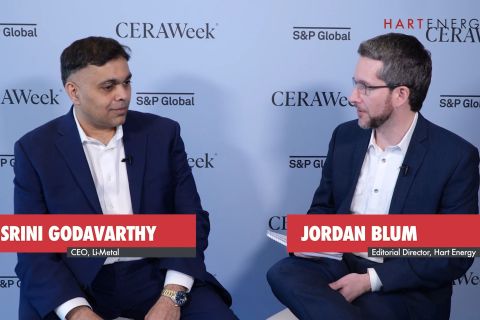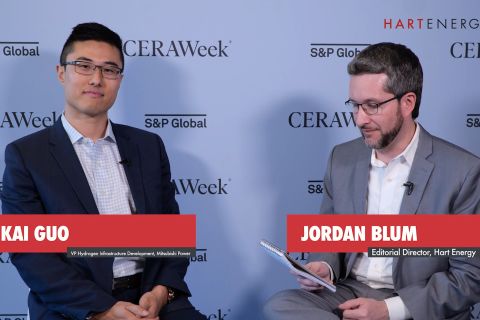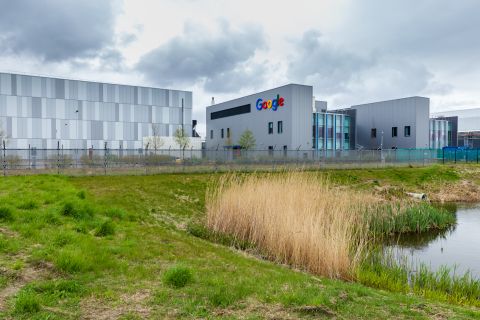
(Source: Pam Demin/Shutterstock.com)
As the oil and gas industry continues to lay off workers—more than 107,000 to date this year by Deloitte’s estimates—with an aging workforce on the downside of another cycle amid heightened focus on sustainable energy, challenges may seem abundant for the sector.
However, these challenging times also reek of opportunity, according to analysts who have tracked the impact of the global coronavirus pandemic on the oil, gas and chemical sector’s workforce, business operations and other market forces. Companies, and the workers powering them, could transform themselves and win back investors.
Key to making the shift is sustainability as a way of business, digitalization transforming work, recoded careers to build a workforce of the future and organizational agility for new business models, Deloitte said in a recently released report.
“The oil, gas and chemicals industry was built on human ingenuity; innovation and grit; and it is that same spirit that will forge the industry’s next reboot and revitalization,” Duane Dickson, vice chairman and U.S. oil, gas and chemicals leader for Deloitte LLP, said in a statement. “Companies that choose to see the coming decade as an opportunity for transformation will likely not just outlive this compression but may even lead the industry into the future of work.”
Deloitte highlighted levers that oil, gas and chemical companies could pull to transform, possibly paving the path toward a brighter future.
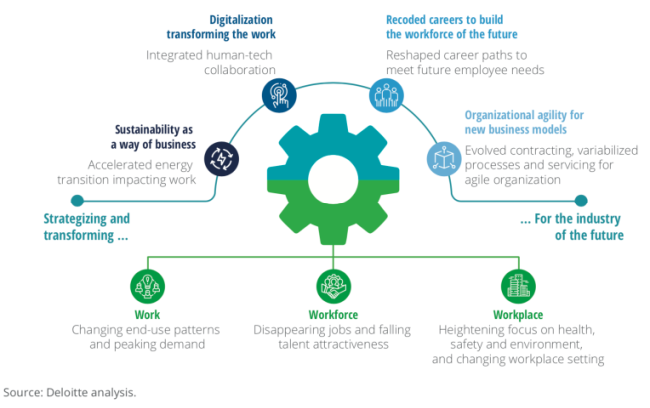
Sustainability: Deloitte said the industry should see the 30% and 17%, respective, drop in transportation-driven fuel demand and global greenhouse gas emissions during first-half 2020 as a “wake-up call to decarbonize their hydrocarbon ‘work.’”
At 6% to 8%, the return on invested capital of oil and gas companies is just as good as those of top renewable companies, the report said. Embracing sustainability as a way of business could also attract investors, stabilize margins and lead to growth. “Even basic methane abatement measures, such as leak detection and repair, and device replacement, could bring net savings of US$2-4/MMBtu,” the report said.
The firm’s four-pronged energy transition pathway, as explained in the report, ranged from the initial “first steps” with a focus on HSE and “laying building blocks” with emissions, electrification and energy efficiency as a focus to higher impact objectives. These included what Deloitte called “new blueprints” with portfolios dominated by lower-carbon energy sources and carbon capture and the more impactful “winning the future” pathway. Here, the emphasis is on areas such as net-zero emissions from assets and influencing consumers to get on the net-zero path.
Digitalization: The industry overtime has increasingly turned toward digitalization to improve operations. The COVID-19 pandemic accelerated urgency, Deloitte said, though capital constraints remain.
“The power of digital transformation lies in a structured road map that extends structural changes from an individual asset level to the entire organization and creates a platform for innovation and collaboration,” the report said.
The so-called human-machine collaboration involves mechanizing operations, or using sensors to link the physical and digital; using field data transferred to remote centers for real-time surveillance and optimization; educating and training the workforce and partners; and ultimately, streamlining remote operating centers and “virtualizing the entire business model through technology-enabled, human-driven decision-making using the technology-as-a-service model.”
Recoded Careers: Essential to it all is the workforce, including different hiring strategies and attracting as well as retaining talent. A company’s sustainability contributions and plans, digital avenues for work, and remote or flexible work arrangements could attract potential employees, according to Deloitte.
“Companies will need to build a new workforce architecture to attract new talent. This includes, but is not restricted to, building career paths for new roles, such as agile coaches, data scientists, emissions officers, or user-experience designers, to attract young talent,” the report said. “These are necessary imperatives to move from an ‘only fuels-based’ to a ‘solutions-based’ business.”
Without this, it could be more of the same on the hiring front. The firm noted that most of the industry’s tenured personnel—more than 45%—will retire within seven years or sooner with dwindling replacements in the pipeline.
Deloitte also suggested developing the workforce by bringing together groups of in-house experts to solve problems and creating programs to leverage the knowledge of tenured workers with younger generations.
“By putting people at the core of business transformation strategies, the industry may hopefully regain its appeal and position itself for what’s expected to be a much different landscape in the future,” Dickson said.
Organizational Agility: With beliefs that the industry has exhausted most of ways it previously gained efficiency to lower costs, Deloitte said now is the time to shift from operational to organizational agility by revisiting core parts of the business, resource management and partner relationships.
Among Deloitte’s food for thought is revising operational visions for the entire business instead of taking a piecemeal approach for specific business units in areas such as digital and automation. Costs not aligned with the vision should be reduced, the firm said.
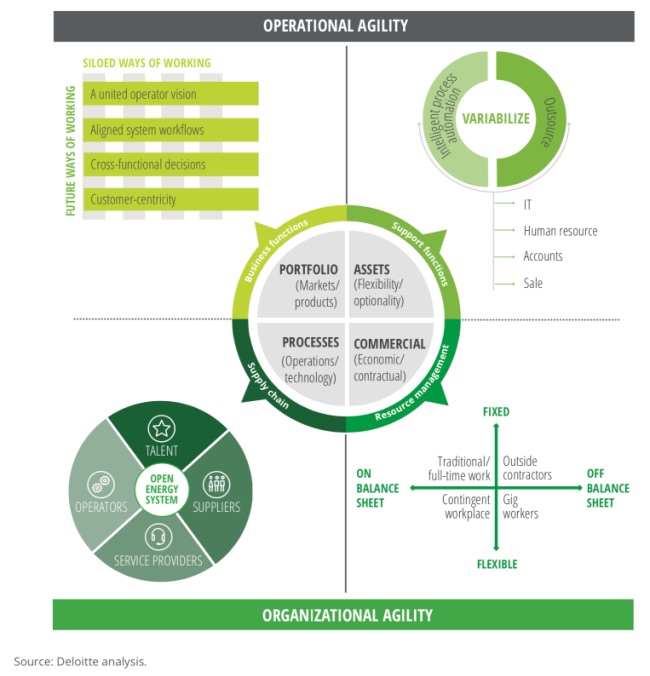
Companies could also realize savings by outsourcing intelligent process automation and cloud-based technology solutions, considering high technology costs and related personnel expenses.
“While extremely challenging, this downturn presents an opportunity for companies to reposition,” said Kate Hardin, executive director for Deloitte Research Center for Energy & Industrials, Deloitte Services LP. “This is the time for strategists to make bold choices today that affect the work of tomorrow; and to adopt redesigned, cyber-physical teams and embrace a digital workplace culture as a basis for future innovation.”
Recommended Reading
Exclusive: Building Battery Value Chain is "Vital" to Energy Transition
2024-04-18 - Srini Godavarthy, the CEO of Li-Metal, breaks down the importance of scaling up battery production in North America and the traditional process of producing lithium anodes, in this Hart Energy Exclusive interview.
High Interest Rates a Headwind for the Energy Transition
2024-04-18 - Persistent high interest rates will make transitioning to a net zero global economy much harder and more costly, according to Wood Mackenzie Head of Economics Peter Martin.
Scotland Ditches 2030 Climate Target to Cut Emissions by 75%
2024-04-18 - Scotland was constrained by cuts to the capital funding it receives from the British government and an overall weakening of climate ambition by British Prime Minister Rishi Sunak, said Mairi McAllan, the net zero secretary for Scotland's devolved government.
Exclusive: Mitsubishi Power Plans Hydrogen for the Long Haul
2024-04-17 - Mitsubishi Power is looking at a "realistic timeline" as the company scales projects centered around the "versatile molecule," Kai Guo, the vice president of hydrogen infrastructure development for Mitsubishi Power, told Hart Energy's Jordan Blum at CERAWeek by S&P Global.
Google Exec: More Collaboration Needed for Clean Power
2024-04-17 - Tech giant Google has partnered with its peers and several renewable energy companies, including startups, to ramp up the presence of renewables on the grid.


